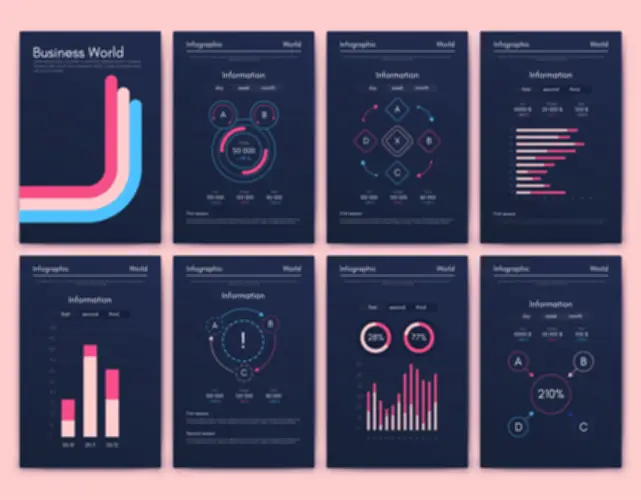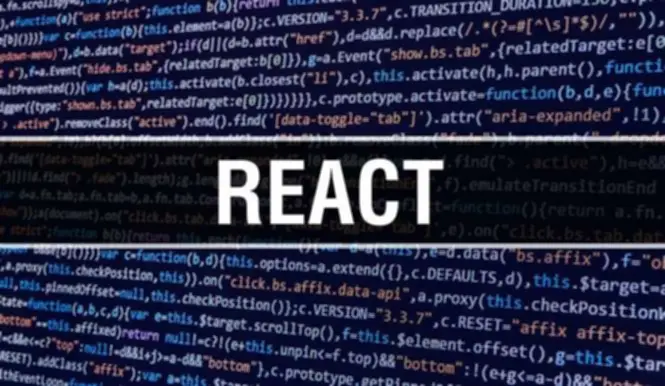Managing Branches In Your Repository
Branches are a core function of Git’s model monitoring and are used continually by teams engaged on the identical software program codebase. We’ll dive into how they work under the hood, and how you have to use them to improve your Git workflow. This command will push a duplicate what is a branch in jira of the local branch crazy-experiment to the remote repo <remote>. As you read, remember that Git branches aren’t like SVN branches.

Tips On How To Create A Neighborhood Repository

Use it everytime you https://www.globalcloudteam.com/ want to see what’s occurred inside that repository. Here we commit the information within the Git staging area to the local repository. Now you are able to commit the staged information to the native repository.
The Way To Use Branches In Git – The Ultimate Word Cheatsheet
This ensures that your work on the task or problem is isolated from your existing codebase. That makes it simpler to work on multiple components of the project concurrently, or try out ideas without adversely affecting your main codebase. The commit command shows the department we are on (main), the primary few characters of the commit’s id (more on that in a moment), and the commit message. In this example, there were 2 information modified and both had been insertions (new files).
Creating And Deleting Branches Within Your Repository
See “pull.rebase” for doing this in a nonbranch-specific method. List or delete (if used with -d) the remote-tracking branches.Combine with –list to match the optionally available pattern(s). Color branches to highlight present, local, andremote-tracking branches.The worth have to be at all times (the default), by no means, or auto. If you want to swap branches again, simply run git checkout master to be set again to regular. To start making a model new department, you’ll wish to put your repository in the proper state in order that the brand new branch label begins where you want it to.

( Try The Department That Ought To Obtain The Modifications
That’s why you should create a separate branch to do your work in (and then later submit that department for evaluation earlier than it’s merged into the main branch). You ought to keep away from operating git pull directly in your characteristic branch to maintain it clean. Keep your characteristic branch isolated till the priority launch PR is merged to the grasp. As an idea, the head is the most recent revision in a department. If you have multiple head per named department you most likely created it when doing local commits without merging, effectively creating an unnamed department.
Updates, Courses & Content Via E Mail

Its like eye of git consumer.Whichever commit the HEAD is referencing to, the repository begins reflecting the condition the repository had throughout that exact commit. And Head points to the commit which you presently checked out. Each branch is a caterpillar, and each commit is a section of the creature.
- At this point in time, we are on the primary branch, we now have no commits, and we now have nothing to commit.
- Here we commit the recordsdata in the Git staging area to the local repository.
- Open an editor and edit the textual content to elucidate what the branch isfor, to be used by numerous different instructions (e.g. format-patch,request-pull, and merge (if enabled)).
- List both remote-tracking branches and native branches.Combine with –list to match elective pattern(s).
- As the name implies, these branches aren’t meant to live endlessly.
However, underneath the hood, branches work a bit in another way than you might first expect. In Git, branches are just labels, or pointers, to a specific commit. That’s it, the grasp department merely points to the newest commit made on master; if you make a model new commit, the label is updated to level to the new commit. This will push a delete signal to the remote origin repository that triggers a delete of the remote crazy-experiment branch. This is a “safe” operation in that Git prevents you from deleting the branch if it has unmerged modifications. For a deeper understanding of rebase, I advocate the post “Using git rebase as an alternative of git merge”.
How Is A Department Completely Different From A Folder, In A Github Repository?
Repository directors can allow protections on a department. If you are engaged on a branch that’s protected, you will not be ready to delete or pressure push to the department. Repository directors can allow different protected department settings to enforce particular workflows earlier than a branch could be merged. For extra data, see “About protected branches.”

The department must be totally merged in itsupstream branch, or in HEAD if no upstream was set with–track or –set-upstream-to. If you might have local changes that you have to move, you’ll have the ability to put them in git stash. The changes will be stored and could be reapplied after swapping branches.
In reality, we’re talking about pointers transferring up the road of commits you’re making.The stable branches are farther down the road in your commit history, and the bleeding-edge branches are farther up the historical past. By switching to the primary department you’ll find a way to delete any of the other branches. Once a department has been merged into the principle codebase, it is protected to delete it.



